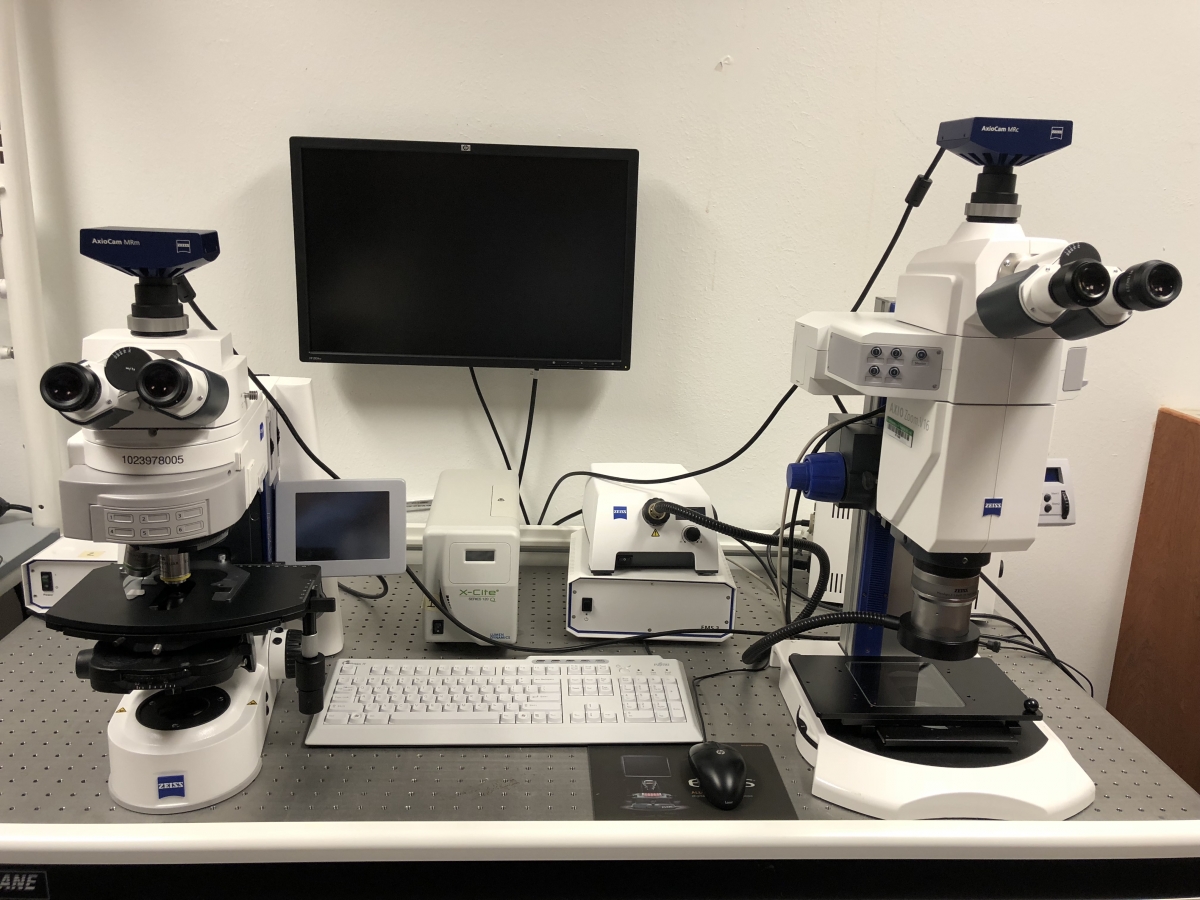

(c) Diffusion of membrane proteins and lipids is compartmentalized due to ERM associated transmembrane protein barriers. (b) Nanoscale spacing between the membrane and the inner boundary of the cortex may vary as a result of the formation of ERM oligomers. Other transmembrane (TM) proteins (yellow) associates with ERM proteins and form barriers in the membrane plane. the T-cell receptor (TCR), associate with cytoplasmic protein binding partners (blue) such as its signaling domains that spans into the cortical actin network. Ligand receptors embedded within the membrane e.g. Cortical actin extends into the cell cytoplasm and is further interconnected with the cytoplasmic cytoskeleton (grey). (a) The membranous lipid bilayer (orange) is coupled via ERM proteins (red) to actin filaments (green) within the actin cortex. įigure 1. Overview of the membrane-cortex interface. the spatial distance between those layers and the actin cortex density, is thought to underpin membrane and cortex homeostasis, resulting in altered cell morphology, mechanics, and function. Specifically, the size of the interface, i.e. Hence, success of signal transduction depends on the state of the membrane, the cortical actin cytoskeleton, and on the physical coupling of both of these layers. Downstream the signals are then translated into various responses such as cell shape changes, spreading, differentiation, and migration. External signals can be transmitted directly via specialized ligands such as the T-cell receptor expressed in the membrane of T cells, and/or indirectly via physical coupling through the membrane-cortex interface into the cell cytoplasm such as via mechano-transduction. Such cellular processes rely on the interactions of the cortical actin skeleton and the plasma membrane (figures 1(a)– (c)).

Living cells continuously sample external stimuli and convert them into biological responses. Taken together with the finite width of the cortex, our results suggest that in some regions the cortical actin is closer than 10 nm to the membrane and a maximum of 20 nm in others. The spatial distances measured between the maximum density peaks of the cortex and the membrane were bi-modally distributed with mean values of 50 ± 15 nm and 120 ± 40 nm, respectively. We found an asymmetric cortical actin density distribution with a mean width of 230 (+105/−125) nm. Using dual-color super-resolution STED (stimulated-emission-depletion) microscopy, we here overcome this challenge and accurately measure the density distribution of the cortical actin cytoskeleton and the distance between the actin cortex and the membrane in live Jurkat T-cells. Current methods for dissecting the nanoscale spacing either limit themselves to complex survey design using fixed samples or rely on diffraction-limited fluorescence imaging whose spatial resolution is insufficient to quantify distances on the nanoscale. Measuring this distance has been a key challenge in cell biology. Nanoscale spacing between the plasma membrane and the underlying cortical actin cytoskeleton profoundly modulates cellular morphology, mechanics, and function.


 0 kommentar(er)
0 kommentar(er)
